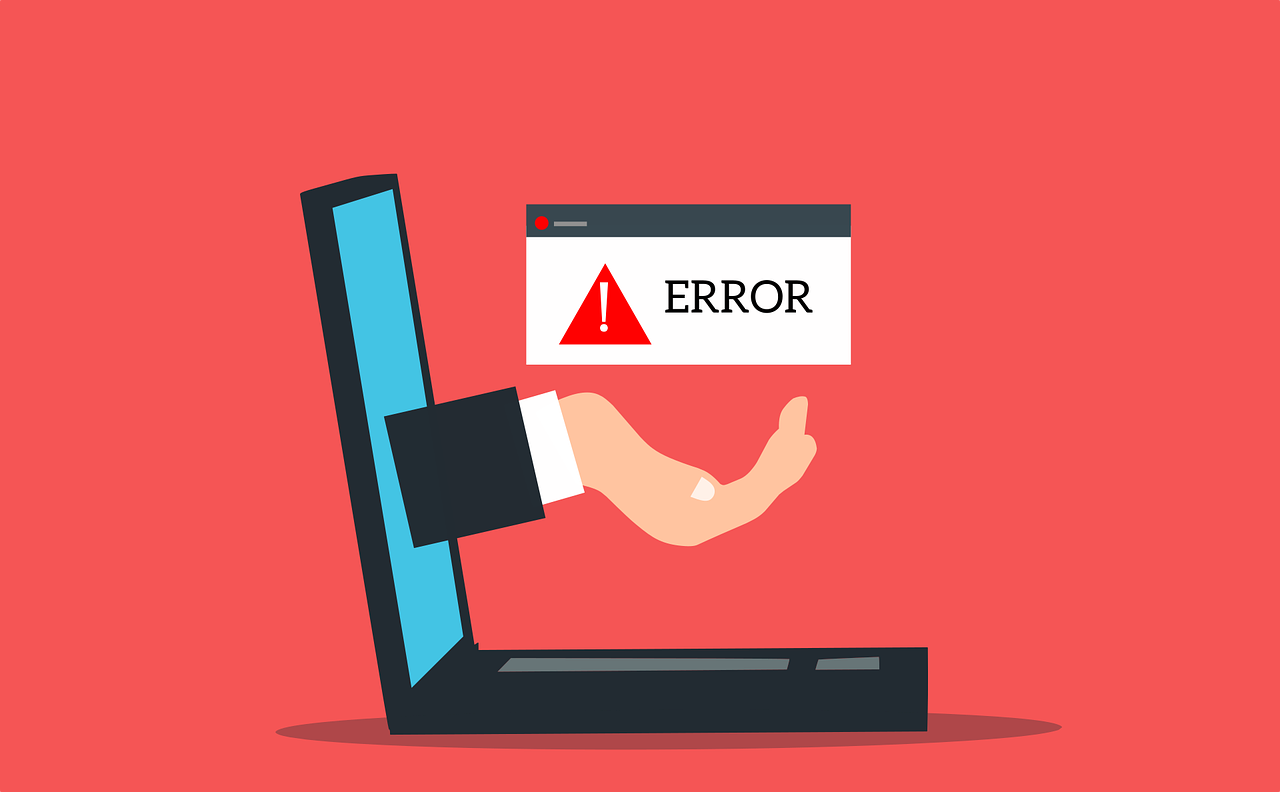WordPress is a favored platform for website development, offering extensive customization options. But it’s not uncommon to encounter issues that can disrupt your website’s functionality. Here are the ten most frequent errors on WordPress sites and their solutions.
1. The White Screen of Death (WSoD)
The WSoD shows up as a blank white screen without any error message, which can be challenging to troubleshoot.
Example Error: A blank white screen without any displayed error messages
Solution: Increase your PHP memory limit in your wp-config.php file. If the problem continues, deactivate all plugins and themes, then reactivate them one at a time to identify the source of the issue.
2. Error Establishing Database Connection
As the error message suggests, this happens when WordPress can’t connect to the database.
Example Error: “Error establishing a database connection”
Solution: Make sure the database credentials in your wp-config.php file match your actual database details. If the problem continues, it might be a server issue, and you should get in touch with your hosting provider.
3. Internal Server Error, or 500 Internal Server Error
This server-side error may result from a corrupted .htaccess file or PHP memory limit.
Example Error: “Internal Server Error” or “500 Internal Server Error”
Solution: Increase your PHP memory limit and check your .htaccess file for errors. If these steps don’t work, consider reinstalling WordPress.
4. 404 Not Found Error
This error shows up when users try to access a non-existent page on your site.
Example Error: “404 Not Found”
Solution: Reset your permalinks settings in Settings > Permalinks and click “Save Changes.” If this doesn’t solve the problem, check your .htaccess file for errors.
5. Error 403 Forbidden
A 403 error occurs when the server understands the request but refuses to authorize it. This could be due to incorrect file permissions, poorly configured security plugins, or server configuration issues.
Example Error: “403 Forbidden: You don’t have permission to access / on this server.”
Solution: Correct the file permissions, disable security plugins, or contact your hosting provider for assistance.
6. WordPress Parse or Syntax Error
This error is caused by a mistake in your site’s PHP syntax.
Example Error: “Parse error: syntax error, unexpected … in /public_html/your_site/wp-content/themes/your_theme/functions.php on line 10”
Solution: You’ll need to correct the syntax. The error message should tell you where the problem lies. Use an FTP client to locate the mentioned file and line number and correct your code.
7. Connection Timed Out
This error happens when your website exceeds the server’s capacity.
Example Error: “The connection has timed out”
Solution: Increase your PHP memory limit and deactivate all plugins. If the problem persists, you may need to upgrade your hosting plan for more resources.
8. HTTP Error 429 Too Many Requests
This error occurs when your WordPress hosting server or a web application firewall receives too many requests from a user.
Example Error: “429 Too Many Requests”
Solution: Identify and limit the source of these requests. You may also benefit from installing a CDN service to balance the traffic load.
9. WordPress Stuck in Maintenance Mode
WordPress goes into maintenance mode during updates. If an update fails, your site may get stuck in this mode.
Example Error: “Briefly unavailable for scheduled maintenance. Check back in a minute.”
Solution: Delete the .maintenance file from your WordPress directory using an FTP client.
10. WordPress Keeps Logging Out
This error typically arises from a cookie problem or an issue with your site’s URL.
Example Error: “ERROR: Cookies are blocked or not supported by your browser. You must enable cookies to use WordPress.”
Solution: Ensure the WordPress Address (URL) and Site Address (URL) fields in your WordPress settings match. Also, clear your browser cookies and cache.
By understanding these common WordPress errors and their fixes, you can keep your site running smoothly, enhancing the user experience and your website’s efficiency. If any issue persists after troubleshooting, consider seeking professional assistance.
